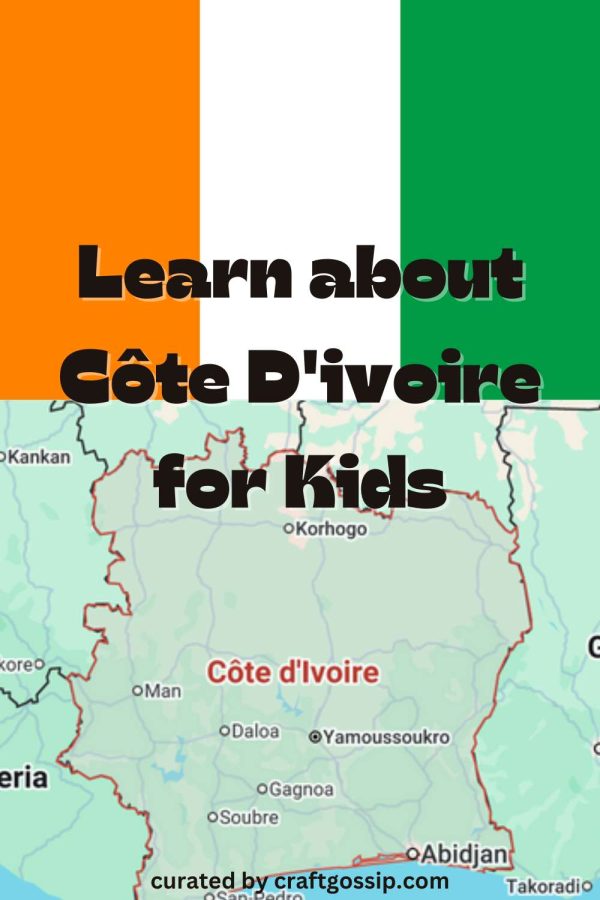
Now here’s a cool new way to make Tie-Dyed T-Shirts! All you do is lay the colored cords on the fabric, bundle it up, and boil it! The colored dye is in the cords! There are enough cords in the pack to make four shirts and there are two color combinations to choose from. This would be great for those summer crafts for scouts and youth groups because the more you buy the more you save.
